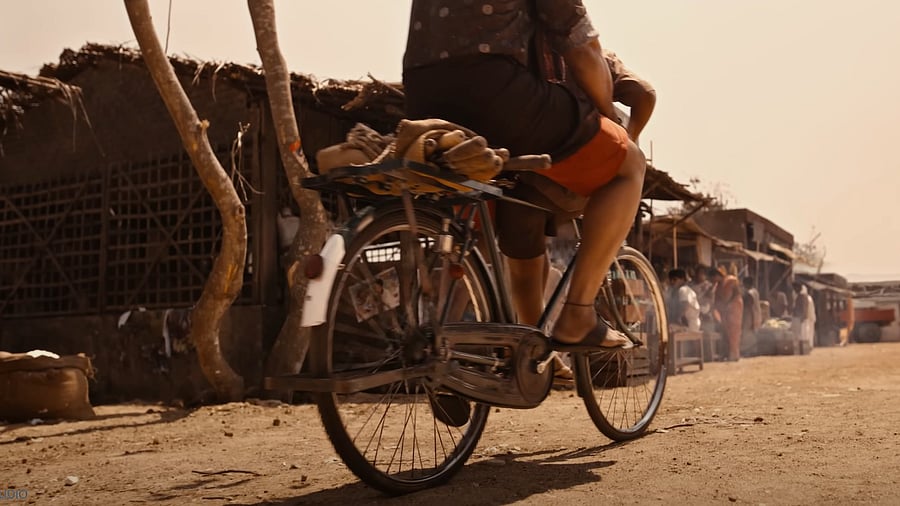
Filmmakers are excited about the government’s recent outreach to the Kannada film industry.
Last month, the Karnataka government formed a study committee to extend its industrial policy to cover the Kannada film industry.
Karnataka Film Chamber of Commerce president M Narasimhalu sees three main benefits— lower electricity tariff, bank loans with lower interest, and easy access to industrial land.
Industries enjoy lower electricity rates compared to commercial establishments. Once accorded the status of an industry, studios and movie theatres will pay lower rates, he says.
Chaitanya K M, director of hits like ‘Aa Dinagalu’, expects loans to become more accessible and affordable. Private financiers charge a monthly interest of 3 to 5%, while banks charge only 8 to 9% annually, he says.
“Industry status will help producers raise money. It will become easier to evaluate a film to sell OTT, satellite and audio rights,” he says.
Chaitanya believes the industry must also change. “There have been instances of banks lending for films and the borrowers absconding. Incidents like that make banks never trust a film producer again,” he adds.
Industry status could also mean better documentation in an industry that works largely without contracts. “In fact, contracts help our talents and technicians, and also our producers as they can hold people accountable to what they have signed up for,” says Chaitanya.
K Manju, producer of films like ‘Rama Shama Bhama’ and ‘Raja Hulu’, expects better subsidies under the industrial policy. “We also need a film city, a film institute and new technology,” he says.
Narasimhalu expects the government to sanction industrial land at subsidised rates to build studios.
High rentals
Tharun Sudhir, who directed the hit Darshan starrer ‘Kaatera’, says, “It is expensive to rent private land to erect huge sets. When I wanted 12 acres to create a village set for ‘Kaatera’, we just couldn’t find a place. We then split the village into two parts and shot for three to four months,” he says. He hopes the government’s initiative will address problems such as this one.
“The Kannada film industry cannot depend only on producers in Karnataka. We need mass investments and studio collaborations for the growth of our industry,” says Mansore, who directed the critically acclaimed ‘Nathicharami’ and ‘19.20.21’.
“Today, most big films are shot in Hyderabad as the rents for private land in Karnataka are expensive. If we get industrial land, most large-scale productions can be mounted in Karnataka,” he says. He expects big production houses like KVN, PRK and Hombale to shoot in Karnataka once the road is smoother.
Accountability
An important challenge is ensuring transparency in collections, says Chaitanya. “Compared to other languages, we have the most unverifiable box office reports. The recognition as an industry will bring in verifiable box office reports,” he says.
Tharun says the downside is that the fresh incentives could be misused. “The government is already giving a lot of benefits, such as subsidies, and many people make films just to claim the subsidies,” he says, adding that the new benefits must be put to genuine use.
Industry benefits
*Cheaper power for studios, cinemas
*Access to affordable bank loans
*Reduced dependency on financiers
*Subsidised land for studios, labs
*Better transparency and accountability
*Support for a film city and film institutes